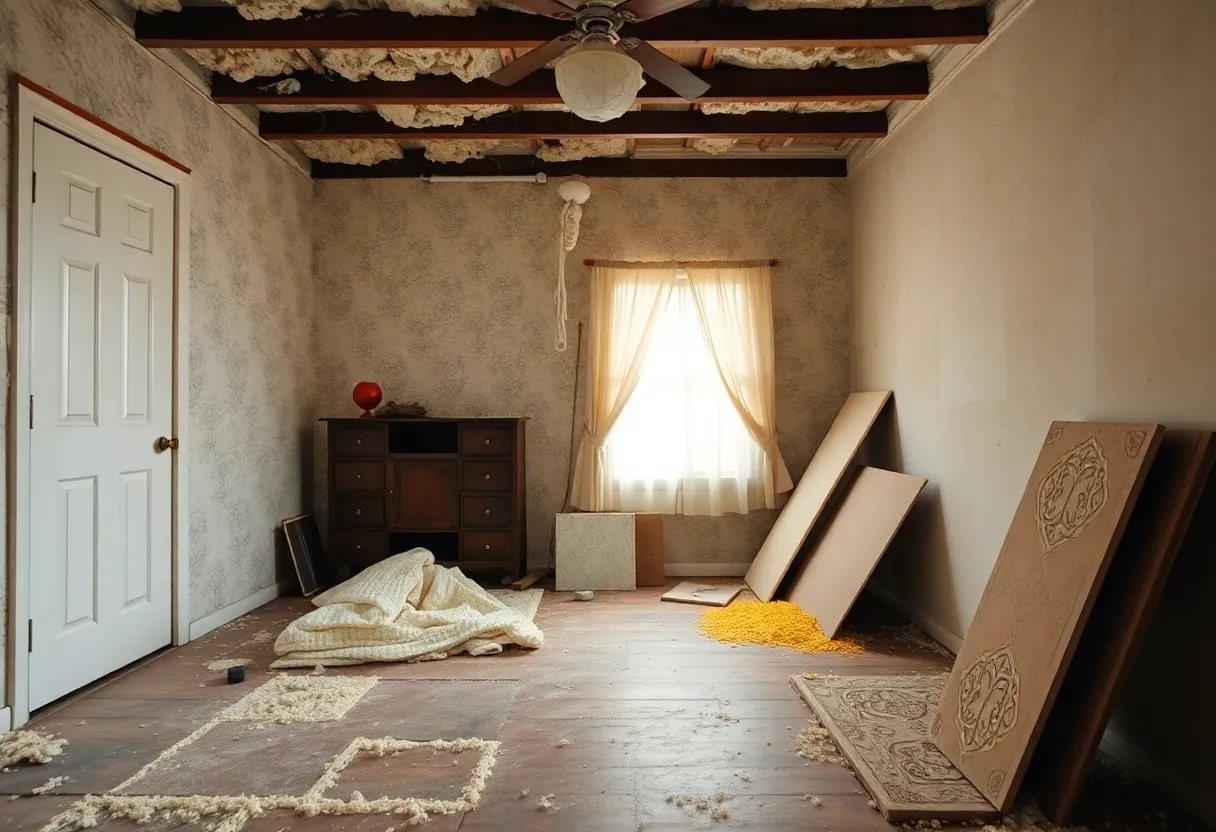EPA Takes Crucial Steps to Address Asbestos Risks in Washington
In a significant development for public health and safety, the Environmental Protection Agency (EPA) has made strides to tackle the enduring dangers of asbestos. Recently, on December 3rd, the agency released the second part of a risk determination report that shines a light on the dangers posed by what are known as legacy uses of this well-known carcinogen.
You might be wondering, what exactly does “legacy uses” mean? Well, it refers to asbestos-containing materials (ACMs), like insulation, ceiling tiles, and pipe wraps, that were once commonly used in older buildings. Even though these products are no longer manufactured or sold, they can still pose serious health risks. When structures containing these materials are renovated, demolished, or even just experience wear and tear, harmful asbestos fibers can become airborne, especially putting construction workers and first responders at risk.
The Multitude of Risks Faced
Construction workers who are involved in cutting, sanding, or grinding through asbestos-laden materials face the highest risks. But it’s not just them—first responders, like firefighters, may encounter these deadly fibers during emergencies. The particles can be released into the air when materials are disturbed, potentially affecting anyone in the vicinity.
Bringing a personal touch to the conversation, Linda Reinstein, president of the Asbestos Disease Awareness Organization, expressed her support for the EPA’s findings. She has long been an advocate for stronger protections against asbestos exposure since her husband passed away from mesothelioma in 2006. Reinstein remarked, “EPA’s final evaluation brings long-overdue attention to the grave risks of legacy asbestos and validates what ADAO has long emphasized: Legacy asbestos is a persistent and deadly threat.” This illustrates just how critical the fight against asbestos exposure truly is.
What’s New in the EPA’s Findings?
The latest findings go beyond just chrysotile asbestos, focusing on five additional types of fibers, talc, and the infamous Libby asbestos. The agency’s assessment underscores the importance of managing the risks associated with materials that remain in older homes and buildings, particularly as they start to deteriorate or become disturbed. This shift in focus marks a broader attempt by the EPA to address risks that stem from past practices rather than just current manufacturing.
Public health advocates and experts have long echoed concerns about asbestos exposure, and the EPA’s recent actions come as a response to those persistent issues. While many countries have moved forward with stricter regulations, the United States has often lagged behind. Reinstein’s emphasis on stronger actions reflects a growing consensus among many that comprehensive measures are essential.
What Comes Next?
The second part of the EPA’s evaluation is expected to pave the way for a proposed rule designed to protect public health against identified risks. This is a crucial step in ensuring that legacy asbestos no longer poses a substantial danger to construction workers, homeowners, and emergency personnel.
While the timeline for this proposed rule remains uncertain, advocates are keeping their fingers crossed for swift action. The EPA’s report serves as a poignant reminder that asbestos risks are not merely relics of the past; they continue to affect those who work in construction, demolition, and emergency response.
Continued Vital Efforts
The challenge now is ensuring that these identified risks are effectively communicated, mitigated, and handled through proper regulations and public awareness. For workers and the general public alike, it’s vital to remember that asbestos is still a serious health threat that demands attention. As the EPA works towards a more robust regulatory framework, the hope is that these efforts will significantly reduce exposure and, ultimately, save lives in the foreseeable future.
As Reinstein poignantly noted, “We must continue to push forward, ensuring that no one else suffers the preventable loss that so many families, including mine, have endured.” There’s undoubtedly a lot more work to be done, but the EPA’s latest findings represent a critical step towards a safer future for everyone.



















